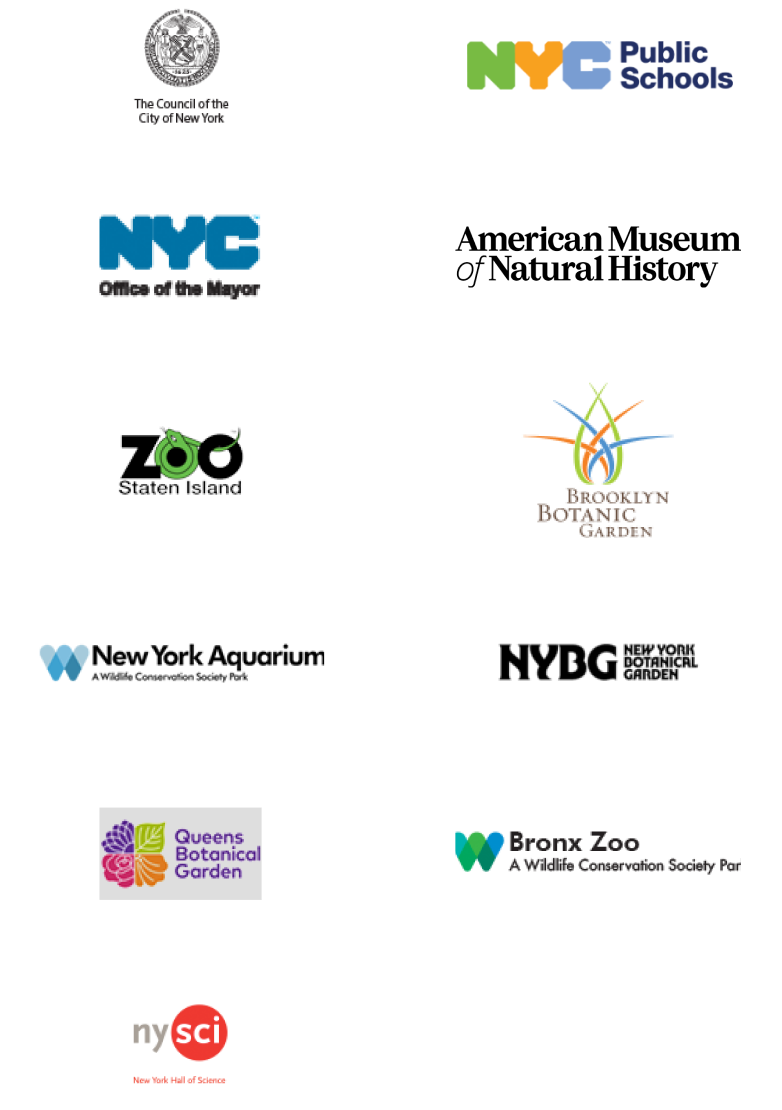Science Strategies
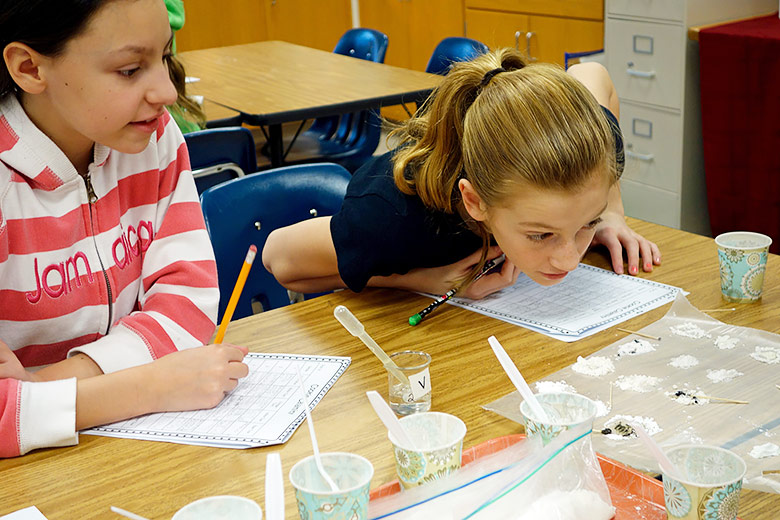
Controlled experiment
A controlled experiment is an experiment in which you change one thing (independent variable) and measure how this change affects something else (dependent variable). In a controlled experiment you design an investigation based upon background research and your hypothesis.
To raise your confidence in your findings, it is a good idea to conduct at least 5 trials for each level of your independent variable.
Examples of this strategy:
- The effect of pendulum length on the period of pendulum’s swing
- The effect of nitrogen concentration on the growth of potted plants
Examples connected to an urban setting:
- Flooding in our neighborhood: how do plants affect the drainage of soil?
- Hot streets: how does the shade cover, or tree canopy cover, affect the temperature of streets?
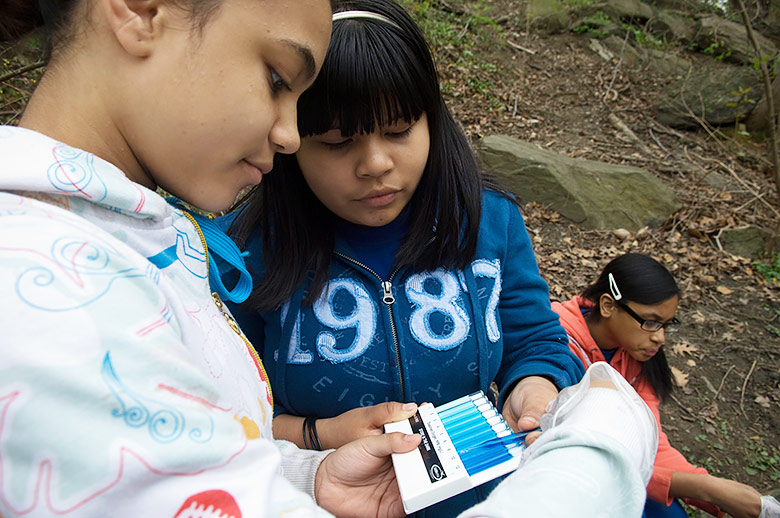
Field study
A field study is an investigation in which you choose to observe and measure how one part of a natural system affects another. For this type of investigation you do not change anything in the environment yourself but rather collect data on the conditions in the field, as they exist. Based on background research and your hypothesis you may choose to obtain data in different locations where some aspect of the environment might be different, at different times of day or seasons, etc.
Example of this strategy:
- The effect of proximity of feeding time on the barking behavior of sealions
- The effect of water flow rate on turbidity
- The effect of a change in air pressure on rainfall
Examples connected to an urban setting:
- How does having trash cans that are visible nearby affect the likelihood of dog owners picking up dog waste?
- What is the effect of curbside composting on the size of nearby rat and pigeon populations?
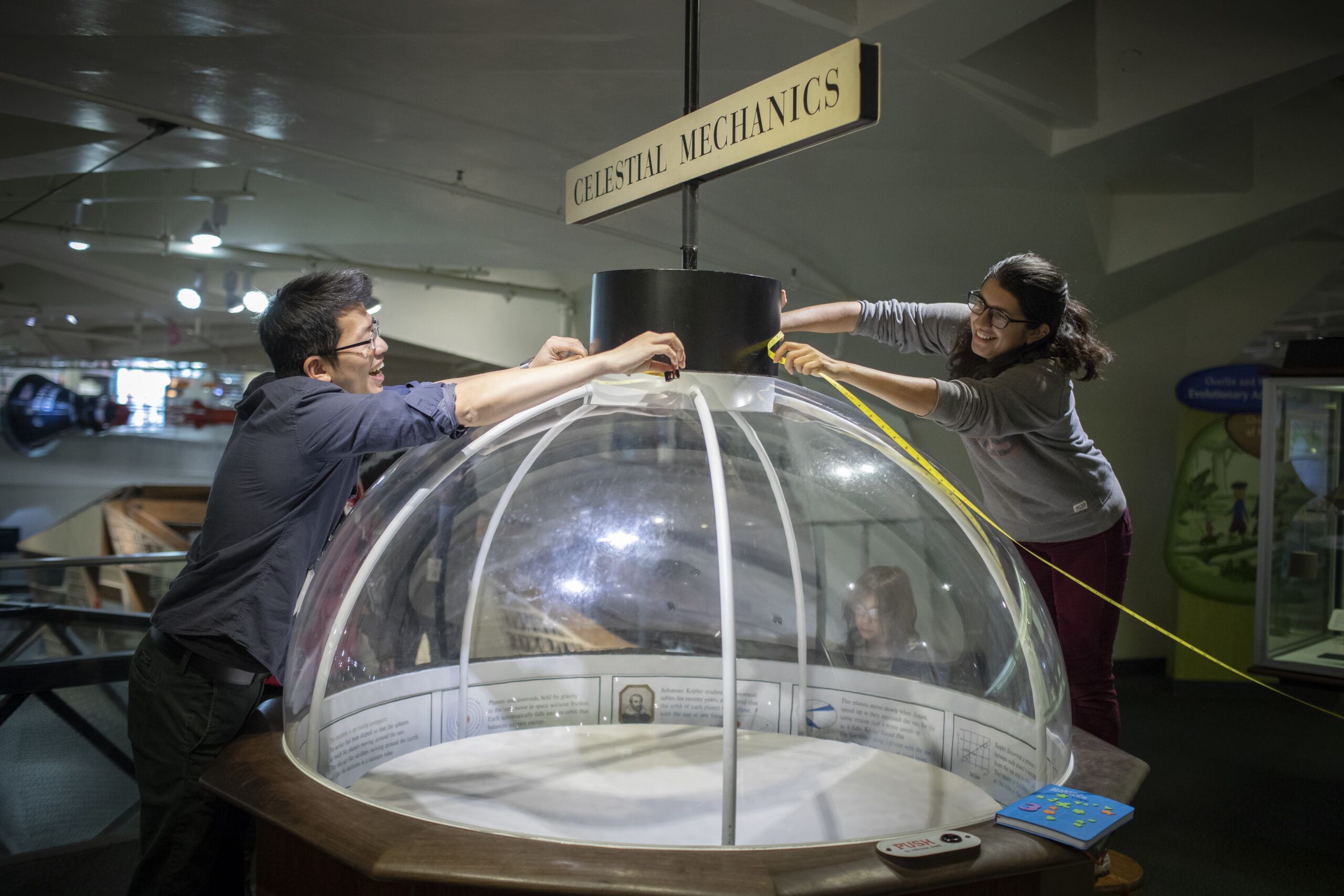
Design experiment
During a Design experiment you evaluate different designs by testing multiple independent variables using controlled experiments. With background information, and the data collected, you analyze your results to identify the best features of your design. You then design, and test the best solution to see if it meets your design challenge.
Examples of this strategy:
- The effect of fin number and nose cone mass on distance a rocket flies
- The effect of trebuchet arm length and counter weight mass on distance a projectile is tossed
Examples connected to an urban setting:
- Reducing costs: how can we design ways of cooling the air without using electric air conditioning?
- Green Roofs: how can green roof designs help reduce rain runoff, and/or reduce outdoor and/or indoor air temperatures in our neighborhood?
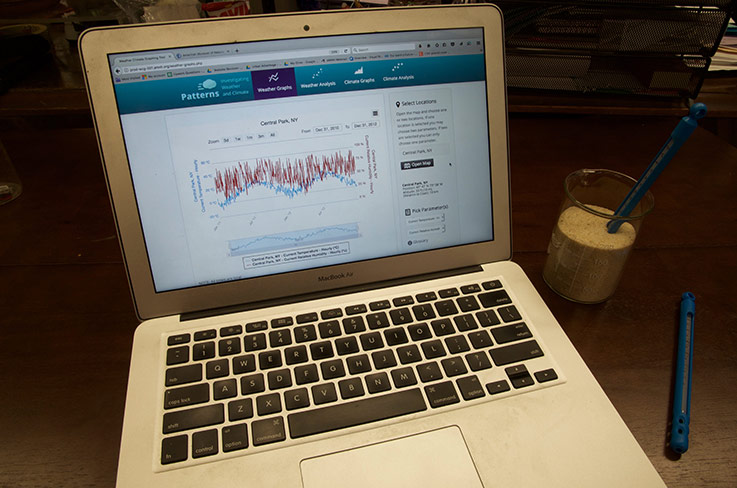
Secondary research
A secondary research investigation utilizes data collected by other scientists. After obtaining background information about the system you are curious about, you will create a hypothesis about how one part of the system affects another. This hypothesis is tested by analyzing data sets on these two variables, and reflect on whether or not your hypothesis is supported by the data
Examples of this strategy:
- The effect of zebra mussel population density on turbidity
- The effect of wind direction on precipitation in New York City
Examples connected to an urban setting:
- How have incidences of flooding and their causes changed over time in our neighborhood?
- Changing landscapes: How has coastal erosion, and mitigation approaches on Queens and Brooklyn beaches, changed over time?
- Using iNaturalist to investigate the distribution of Spotted Lanternflies and their preferred host plants in NYC.


